The extreme heat & humidity might make you wonder if it’s possible to grow tomatoes in South Florida, but savvy gardeners know a trick. As long as you can time the growing season correctly, you can achieve just as impressive results as northern climates for many vegetables.
Many different tomato varieties can grow in South Florida, if planted at the correct time of the year. Unlike northern climates, in South Florida, tomatoes should be planted between August and February to set fruit during the cooler weather.
Other than timing the crop, the type of tomatoes you are growing and whether you start them from seeds or seedlings will also govern the fate of a tomato crop in South Florida. Read on to learn how to get a successful tomato harvest in South Florida.
Growing Tomatoes In Southwest Florida
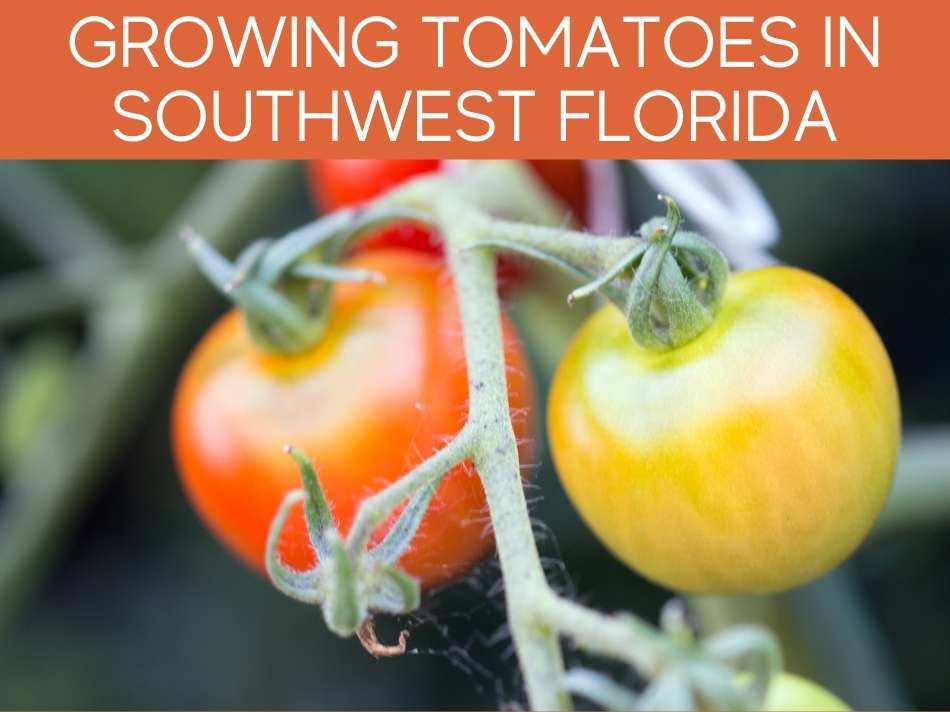
Tomatoes are a warm-weather crop.
Conventionally, we know that the seeds go into the ground around springtime to be harvested by the end of summer.
If you want to grow tomatoes in Southwest Florida, you’ll want to plant them in the winters, from August through February.
If you’re asking, “Can You Grow Tomatoes In South Florida?”, the answer is pretty much the same as for southwest Florida.
Most gardeners like to set seeds in the ground around mid to late September so that the tomato plants can come to harvest before the temperatures soar in summers.
However, there are exceptions to this rule. Cherry and grape tomatoes typically perform well in the region.
By now, you might also want to see what type of soil is best for tomatoes.
How Long Can A Tomato Plant Live In Florida?
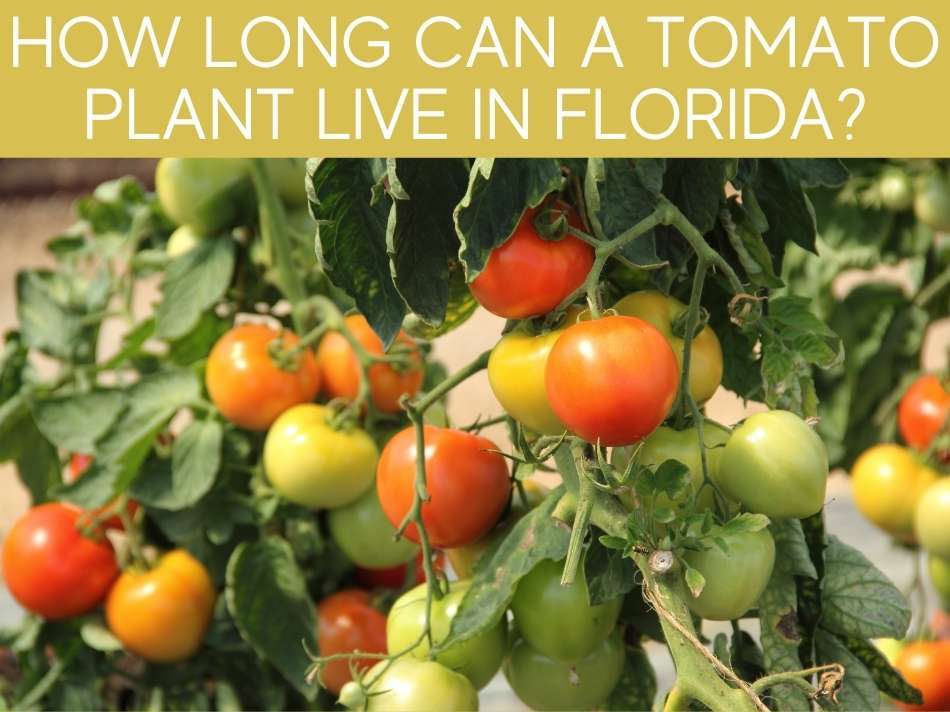
Though tomatoes grow annually in most regions of the world, if they are provided with the ideal tropical climate they prefer, they can be grown as perennials.
Once planted, a tomato crop can produce for more than a single season if given the right conditions.
The subtropical climate of Florida, especially that of South Florida (which is primarily tropical), can be made use of to keep your tomato plants alive all year.
Once they can survive the winters, tomatoes can set fruit a second, and even a third time, in the subsequent growing seasons.
Record-Holding Perennial Tomato In Florida
The world-record-holding, largest tomato plant is a perennial and is growing in the Epcot Center, Disney World Florida, in a specially-maintained greenhouse that maintains tropical growing conditions throughout the year.
The plant produced 13,000 tomatoes after growing for 13 months.
Holy moly, that’s a lot of tomatoes!
For the average grower, you can check out our article on how many tomatoes 1 plant will produce.
Everglades Tomato
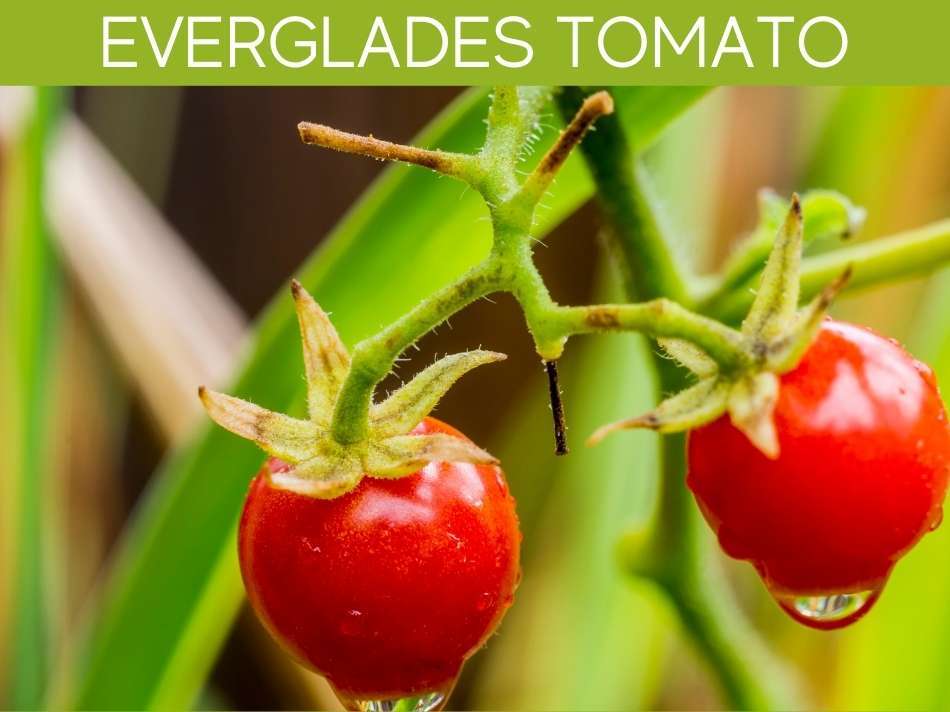
A rare tomato variety, everglades tomato, grows and fruits all year round in South Florida.
The variety, in fact, grows like a weed in the region and produces currant-sized tomatoes.
Once planted, it quickly spreads through your vegetable garden, creating a robust crop that fruits abundantly, even in the hot summers!
This indeterminate resilient variety can grow to at least 12 feet tall, producing abundant, flavorful tiny fruits each year.
Growing Tomatoes In South Florida Summer
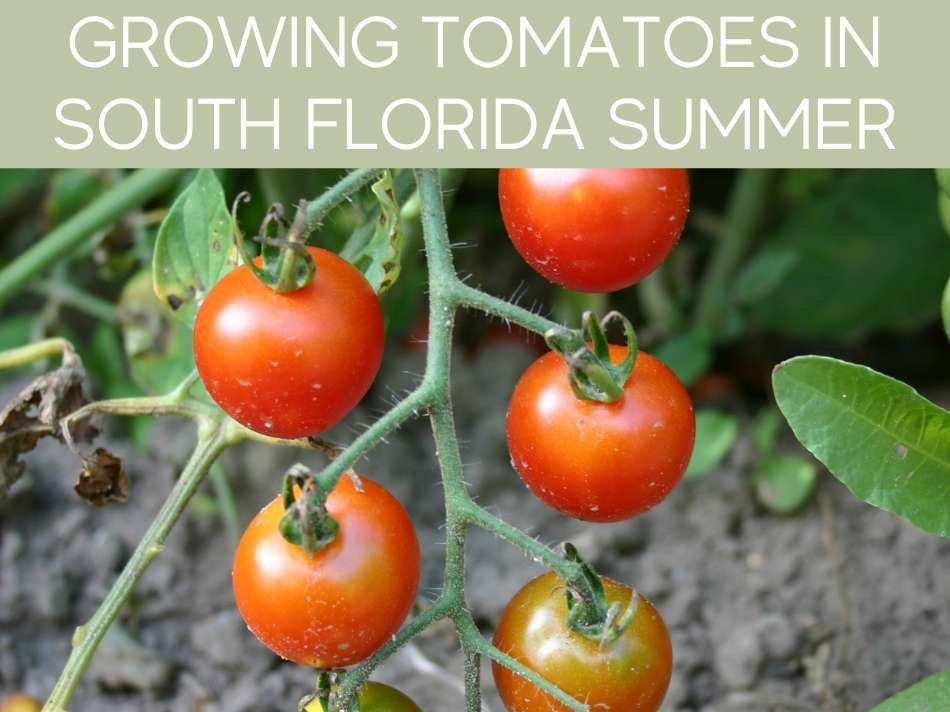
Though most varieties won’t perform well in the hot summer temperatures of Florida, some resist the heat and even produce an abundant harvest.
When growing tomatoes in South Florida in summers, you will have to choose the right varieties.
Everglades, Sweet 100, and Heat Wave II are some of the varieties that are hardy to summer temperatures in South Florida and will produce a harvest despite the heat.
Since these varieties produce small fruits, they are less susceptible to pests and heavy rainfall that comes with the summers in Florida.
Varieties that produce large fruits don’t typically produce a good harvest in summers since they often fall prey to downpours and diseases.
However, this does not mean that summer is the best time to plant the small-fruit varieties.
Even the small-fruit varieties are best planted in winters or early spring so they can produce fruit before the temperatures start soaring in summers.
This is different from the rest of the country, where tomatoes are typically planted in spring and allowed to grow through the summers before being harvested.
So, although summer isn’t the best season to grow tomatoes in South Florida, it’s not impossible to do so.
Can Tomatoes Grow In Florida Summer?
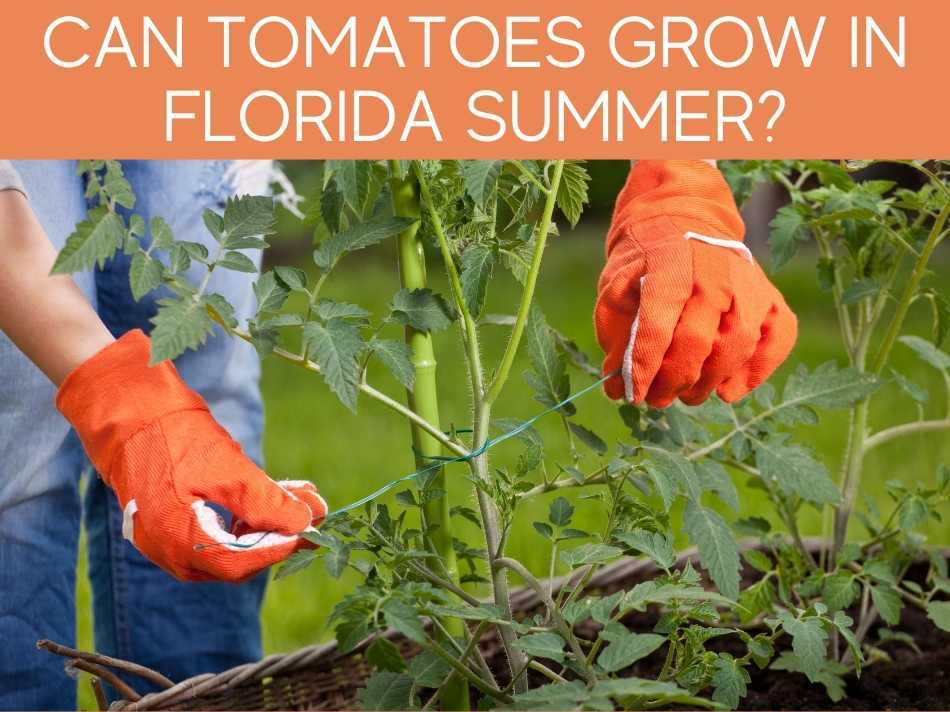
As mentioned earlier, hot summer temperatures aren’t the best for growing tomatoes in Florida.
Though tomatoes are warm-weather crops, summers in Florida can be too stressful for most tomato varieties.
Unlike northern growers, Floridians are better off at planting their tomato crop between August and February, when the rest of the country is still celebrating winters.
That being said, it’s possible to grow tomatoes in summers in Florida if you:
- choose the right varieties
- take good care of them,
- protect the plants from the extreme heat.
Choose varieties that produce small fruit since the large-fruit varieties are more susceptible to pest attacks and diseases that are prevalent in the hot weather.
Cherry and grape tomatoes produce well throughout the summers in Florida.
Summer Care Of Tomatoes In Florida
Growing tomatoes in Florida summers demands extra care to pull off a good crop.
Follow these tips to help your plants survive the summer heat and produce a good harvest nonetheless:
- Keep the plants moderately watered – too little or too much water can both be a problem.
- Plant in rich, organic soil so the plants have plenty of nutrients for a robust crop that can fight diseases.
- Avoid any contact with the plants when they are wet, such as after a rainfall or when there’s dew in the morning.
- Protect the crop from pests.
Watch Out for Pests
Pests thrive in warm, humid weather, which means they are going to be even more of a problem with your summer vegetable crop than they will be during the rest of the year.
Spray the plants with neem oil regularly, even if you don’t yet see any pests.
These will keep the soft-bodied pests that love Florida summers at bay.
Planting pollinator plants in your garden, like marigolds, is also helpful since it attracts bugs that prey on some common tomato pests.
Do Tomatoes Grow All Year In Florida
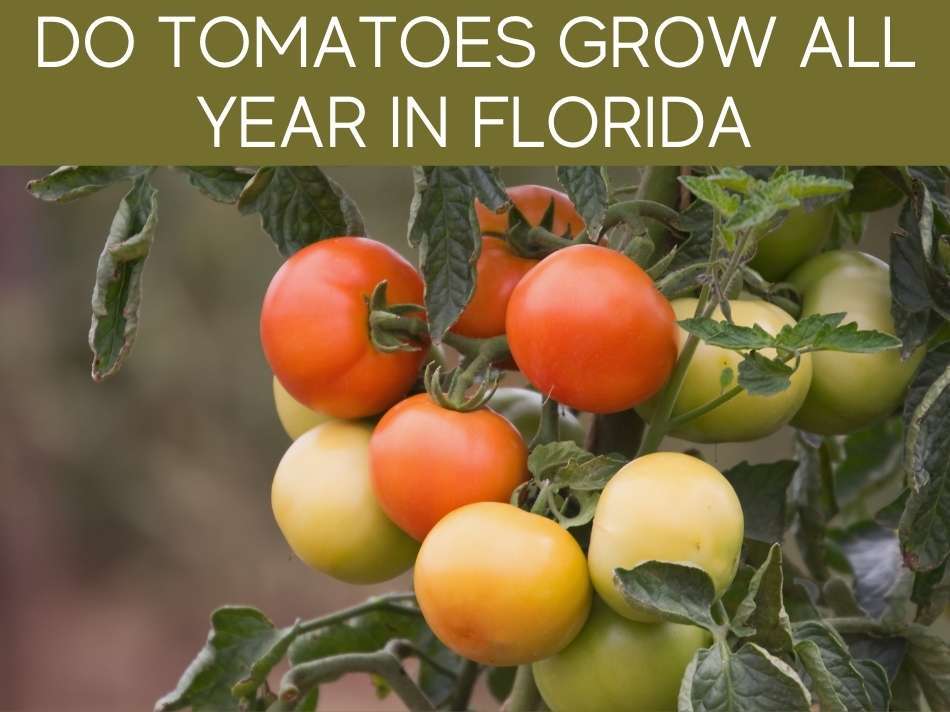
If the daytime temperatures soar above 90°F, pollination slows down, meaning fewer fruits.
So although tomatoes will survive all year round in Florida, you may not achieve a good harvest if you grow them through the hot summer months.
Other than the heat, pests, rain, and diseases are also more common in summers.
Although the plants won’t die from high temperatures, pests and diseases that appear as a result of warm, humid conditions can take a toll on the crop.
However, certain varieties can survive Florida’s summer heat.
Varieties that produce smaller fruit, like cherry and grape tomatoes, can typically fruit well throughout the year, even when you grow them in summers.
What Tomatoes Grow Best In Central Florida?
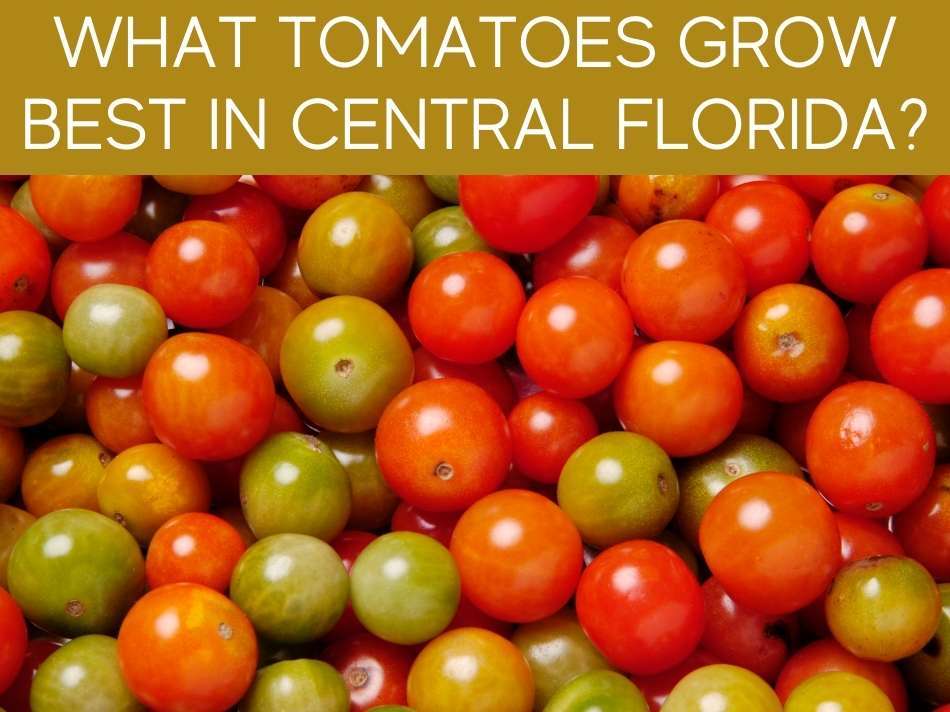
In Central Florida, you can plant tomatoes twice a year, once in early February to harvest fresh fruits in early summers and then again in September, to pick tomatoes in fall and winter.
However, with the early spring planting, be prepared for the danger of frost.
There are multiple ways you can protect the crop from unexpected frost in the spring.
Either start the seeds indoors and transplant the seedlings into the garden once all dangers of the frost have passed, or grow them in containers and bring them indoors if there’s a prediction for frost.
If you’ve planted the seeds in the garden and a frost is predicted, you can protect the crop with clear plastic until it has passed.
Here’s a list of tomato varieties that grow best in Central Florida:
Indeterminate Varieties
- Better Boy (large fruit)
- Striped Cavern (large fruit)
- Sweet 100 (small fruit, heat-hardy)
- Husky Cherry (small fruit)
- Bonnie’s Best (large fruit)
- Everglades (invasive, small fruit)
Determinate Varieties
- Celebrity (large fruit)
- Floragold (small fruit)
- Tasti-Lee (large fruit)
Dwarf Tomatoes
- Tiny Tim
- Patio
Best Tomato Varieties For Florida
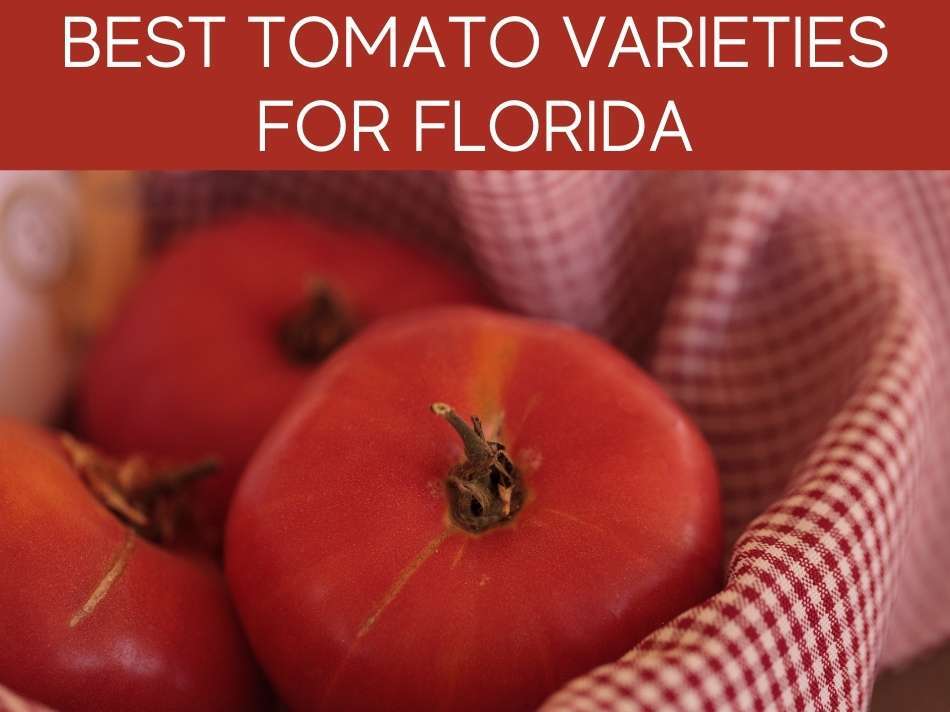
Floridian growers will have the best success with varieties that produce small fruits.
Plum, cherry, and grape tomatoes are especially ideal for the warm, humid climate of Florida.
You’ll want to check out our complete tips & tricks for growing more tomatoes.
Here’s a list of tomato varieties that’ll thrive in Florida gardens:
- Better Boy
- Celebrity
- Amelia
- Heat Wave II (summer-friendly)
- Sweet 100 (summer-friendly)
- Camaro
- Skywave
Other than the varieties, look for the diseases and pest resistance codes mentioned on the seed packets or plant labels.
Pests and diseases are often a problem in vegetable gardens of Florida.
Look for tomato varieties resistant to common tomato diseases, including verticillium and fusarium wilt and pests, including nematodes.
Do Heirloom Tomatoes Grow In Florida?
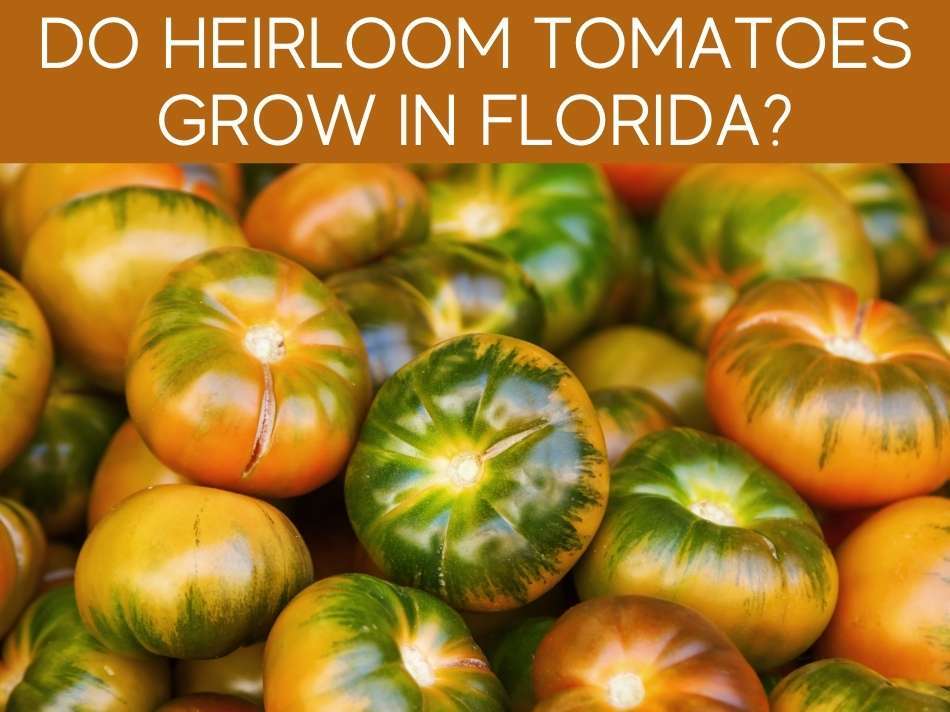
If you’re fond of heirloom tomatoes, there are several choices to grow in Florida.
Here are some of the heirloom varieties that will produce best in Florida:
- Brandywine
- Green Zebra
- Cherokee Purple
- Delicious
- Mortgage Lifter
- Eva Purple Ball
- Lemon Drop
Conclusion
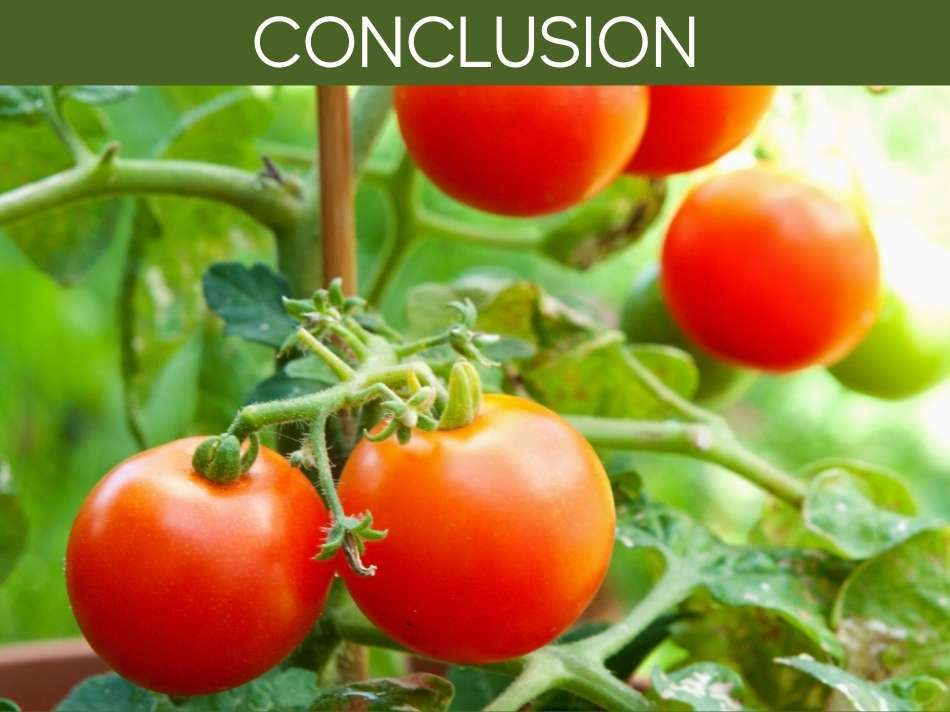
You can have great success at growing tomatoes in South Florida if you choose the best varieties and plant them at the right time.
Instead of growing tomatoes through the summers as northern growers are accustomed to, grow them when the weather is cooler to achieve a rich harvest.
